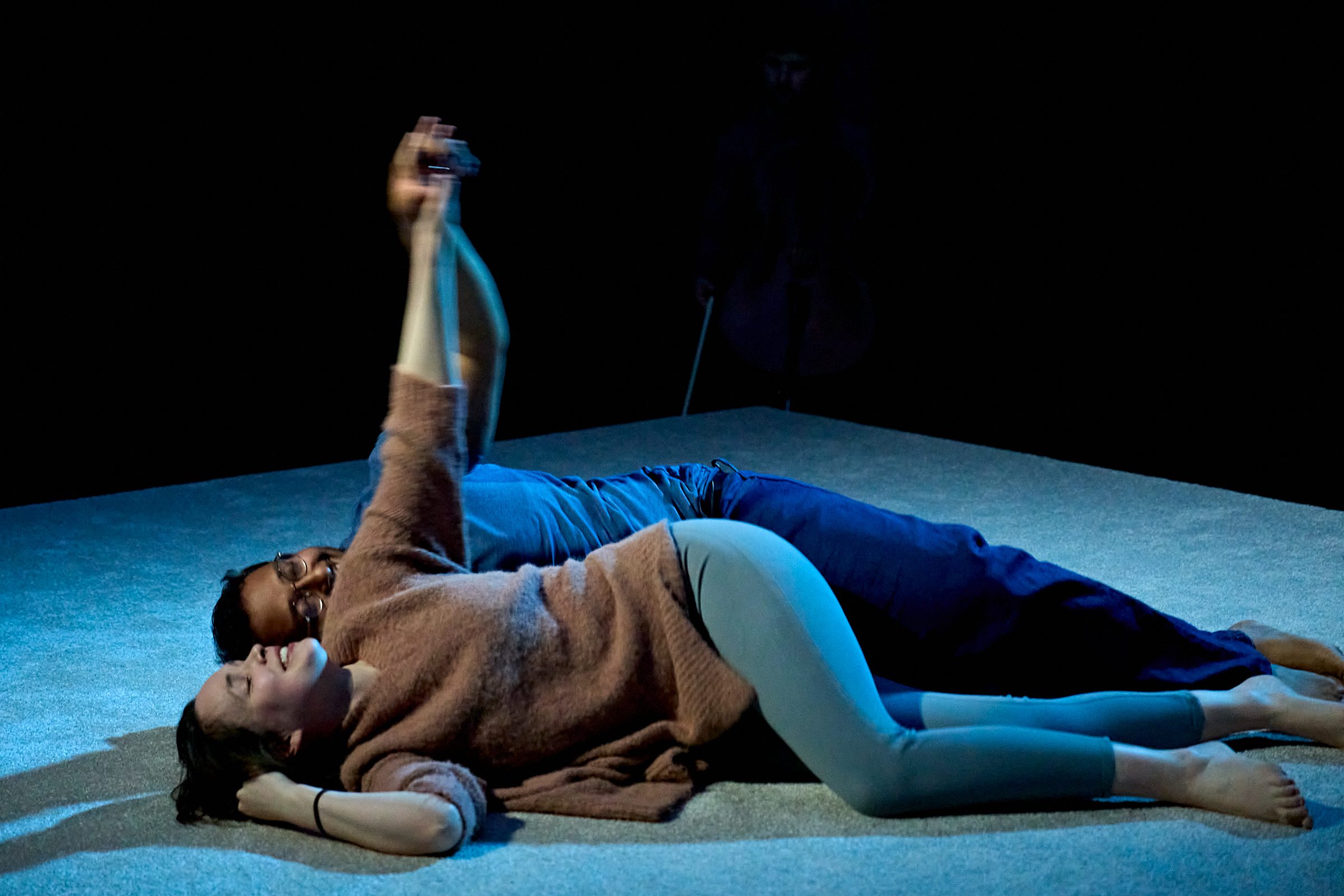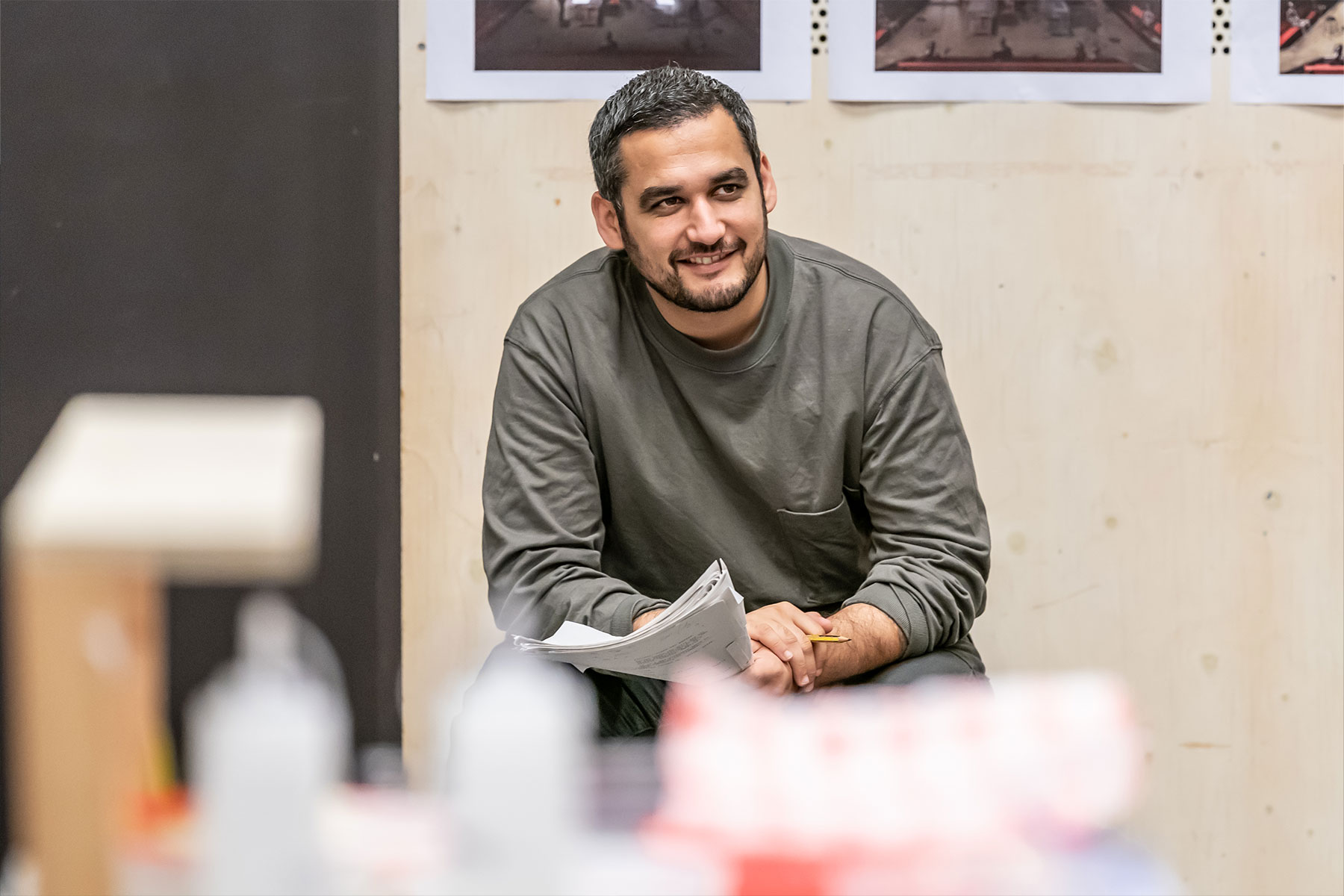Katie Posner On … The Fever Chart
Katie Posner is the co-director of Naomi Wallace’s The Fever Chart, which transfers to Trafalgar Studios 2 this week.
Last year she was appointed an associate director of Pilot, and worked with artistic director Marcus Romer on The Fever Chart, which premiered at the York Theatre Royal in October last year.
The Fever Chart presents three visions of the Middle East. The first two look at the Israeli/Palestinian conflict, and the third is about UN sanctions in Iraq in 1991. But before people get put off thinking it might be too heavy, it’s important to say that it’s actually a very funny play, about individual experiences. So whilst it is littered with politics they are never at the forefront of the piece. These are stories about human nature, crisis, love and life. There is an undercurrent of political tension, but ground within issues of human relationships.
The first story is set in a zoo in Rafah, the second in a hospital in West Jerusalem, and the third at an international pigeon convention in Iraq – so suffice it to say there’s plenty of variety. The latter piece uses birds as metaphors, and even though it’s set 15 years earlier than the other two still say a lot about the situation in Iraq today by examining what the situation was back then.
Naomi Wallace is very passionate about giving oppressed people a voice. I certainly wouldn’t say that the play is particularly pro-Palestinian or pro-Israeli – she provides a very balanced, clever insight on both sides by examining the human stories behind the conflicts. We meet a Palestinian woman who is grieving for her lost child, we meet a young Isreali soldier and we meet an old Russian Jew. She grants each of them a voice and helps us understand who they are and why they are doing what they are doing.
I think a lot of people don’t really understand the situation in the Middle East. It’s so huge, and I think there’s a tendency to bracket the whole thing together, to ignore distinctions between the regions and even between Palestine, Iraq and Afghanistan. It’s very easy to shut the door, to go ‘ok, that’s going on, that’s awful’ but then not really take time to examine it further. That’s why I want this piece to encourage conversation. I want people from whatever background to walk away and engage in a debate – even if they hate it, I don’t care, I want to them to be able to have a conversation. I find a lot of people are conditioned in their opinions and I don’t understand how opinions can be so black and white regarding such complex issues.
I’m Jewish and I’ve got an Israeli sister-in-law, so in some sense I have a personal connection to the play, but my involvement in it was something of a happy coincidence. Marcus Romer, who is artistic director of Pilot, was in New York on another project with Richard Hurford, who is our associate writer. They just happened to be walking past the Public Theatre, and saw there was a platform performance of a new Naomi Wallace play. So they popped in to see it and were absolutely blown away and decided they had to do the piece. They were particularly keen for young people, who are Pilot’s target audience, to see the play – which was originally divided into three separate pieces.
By a twist of fate, Naomi divides her time between the States and her home in Skipton near York, so they went and had a meeting with her and told her their plans. She was really excited and Marcus decided that I was the ideal choice to direct because of my background. So I directed the first two visions and he directed the last one.
Prior to coming to London we’ve toured it nationally, and had an incredible audience reaction. From Exeter I had about four emails from people saying it was the most beautiful piece of work they had ever seen – they loved the fact we were dealing with such topical subjects and controversial issues in such an accessible way.
I’ve also been running workshops in youth clubs in conjunction with the project. I would ask what they knew about the Middle East and be greeted by a sea of blank faces. So we’d start working to communicate the subject through drama and make something that’s daunting and scary accessible for young people. That gives me such a buzz because it creates conversation, and that’s the stuff that makes change happen.
The Fever Chart runs at Trafalgar Studios 2 from 10 March to 3 April 2010










